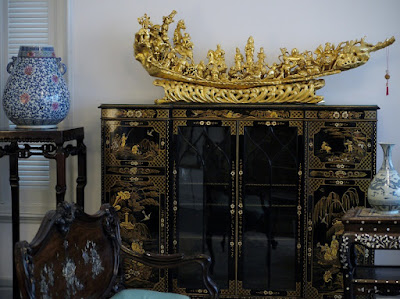Last Sunday, I strolled aroud Sagi-ike Pond to view the blooms of my favorite 辛夷 Kobushi, or Kobus Magnolia trees.
 |
| Click on the photo to enlarge. |
 |
| Kobus magnolia |
Look at these overflowing florescence!
People stopped to admire the blooming trees one after another, looking up at from the boat or from the path along the pond.
It was such a sunny, warm weekend with a little breeze that some families, friends, or lovers were enjoying boating on the pond.
Row, row row your boat
Gently down the stream
Merrily, merrily, merrily, merrily
Life is but a dream
On the pond, you actually have to move water backward to move your boat forward. Remember? You're not looking where you are going when you have oars, so you turn around to see and feel relaxed to find immersed by the splendor of nature. I think that is all about boating on Sagi-ike Pond.
 |
| from the path by the pond |
 |
| from the upper ground
|
Cherry blossoms looked coming soon.
The blooms of them indicate the full arrival of spring.
Please view Kobushi flowers catch the spring wind, too.
The blooms of them indicate the full arrival of spring.
Please view Kobushi flowers catch the spring wind, too.


































































